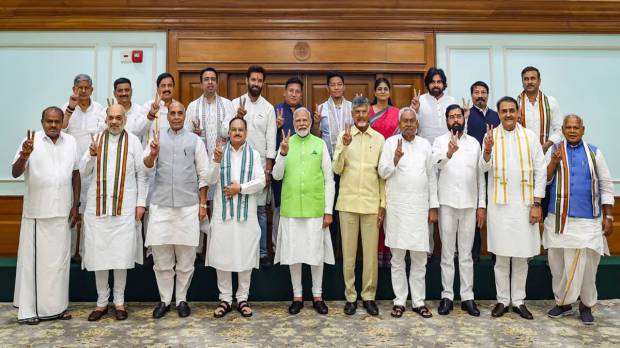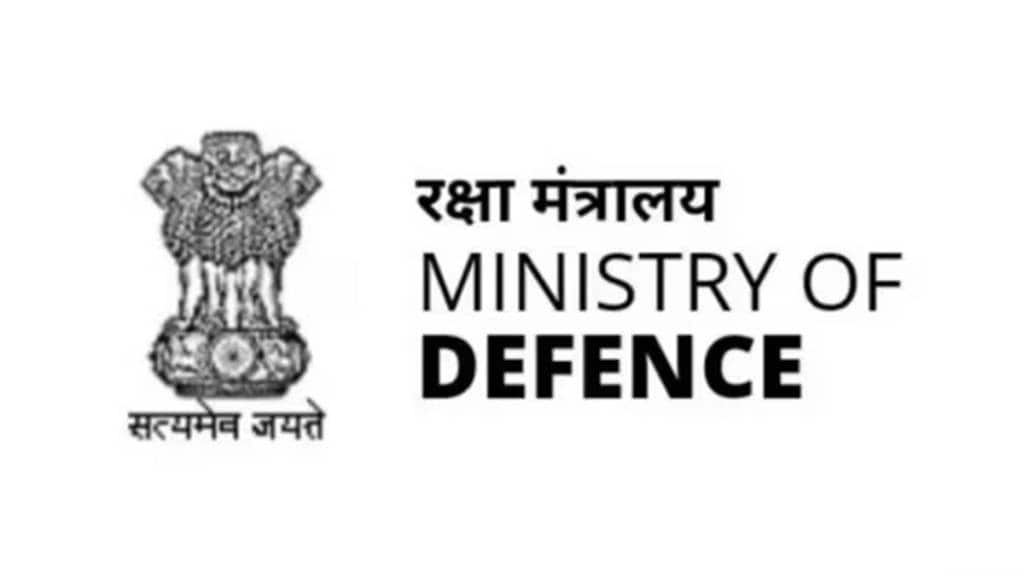As the new government takes shape, the Ministry of Defence faces several critical tasks that need urgent attention. These include advancing military reforms, reducing weapon imports, and managing the ongoing tension with China along the Line of Actual Control (LAC).
Military Reforms
A significant challenge is the implementation of long-pending military reforms. These reforms aim to create integrated theatre commands, combining cyber, space, land, air, and sea capabilities into a unified force. The Department of Military Affairs has finalized a proposal, which will be sent to the government for approval. This plan includes timelines extending to 2047, addressing technological changes, evolving warfare, and integrating the three armed forces’ capabilities. This initiative began under the Narendra Modi government when the Chief of Defence Staff position was created in January 2020 and has now reached a decisive stage.

Reducing Weapon Imports
Another pressing issue is the contradiction between India’s role as a major exporter and importer of military equipment. In the last fiscal year, India’s military exports reached Rs 21,083 crore. Despite producing advanced weapons and platforms like the Tejas fighter jet, INS Arihant nuclear submarine, and BrahMos missiles, India remains the world’s largest arms importer. According to the Stockholm International Peace Research Institute (SIPRI), India accounted for 9.8% of global arms imports from 2019-2023. Reducing dependence on foreign arms while boosting domestic production is a key priority.
Managing China Relations
The standoff with China is a critical issue. In April 2020, China amassed troops and heavy weaponry along the LAC in Eastern Ladakh. In response, the Indian government increased troop numbers and military assets in the region. Despite 21 rounds of military talks, the situation remains tense, and pre-April 2020 status has not been restored. New agreements are needed to maintain peace and stability along the LAC, as past agreements have been disregarded by China.
Atmanirbhar Bharat Initiative
Over the past decade, the Modi government has promoted the Atmanirbhar Bharat initiative, pushing for increased manufacturing in India. This has significantly impacted the defence sector, with indigenous projects like the Tejas aircraft and Scorpene submarines. Financial Express Online has reported previously how defence stocks of companies like Hindustan Aeronautics Limited (HAL) and Mazagon Dock Shipbuilders have seen substantial growth due to increased defence spending and opportunities for private sector involvement. However, with the new coalition government, there could be a shift in priorities affecting the defence sector’s momentum.
Government-to-Government Deals
The government is expected to continue government-to-government deals, with competitive tender processes for most procurements. For instance, the procurement of three additional Scorpene submarines might be finalized through such deals by the end of 2024. The emphasis on indigenisation is likely to continue, with Defence Public Sector Undertakings (DPSUs) like HAL and Cochin Shipyard leading domestic production efforts.
Agneepath Scheme and Leadership Changes
The Agneepath scheme, a controversial recruitment program for soldiers, faces scrutiny, especially from states like Bihar. Additionally, the immediate priority for the new government is selecting a new Army Chief, as the current one is set to retire by the end of June. The previous government extended the tenure of the Army Chief amidst elections, and the choice of his successor will significantly impact the defence sector’s future.
The new Defence Minister has a complex agenda, balancing reforms, domestic manufacturing, and international relations. The decisions made in these areas will shape India’s defence landscape for years to come.

